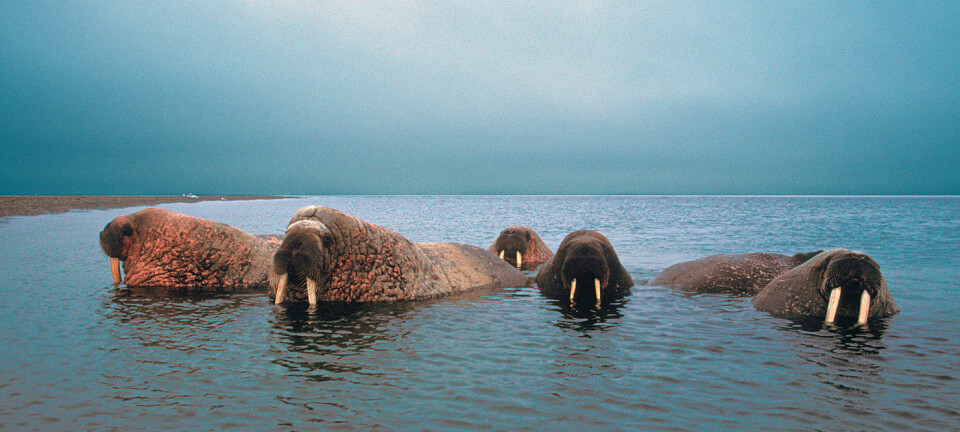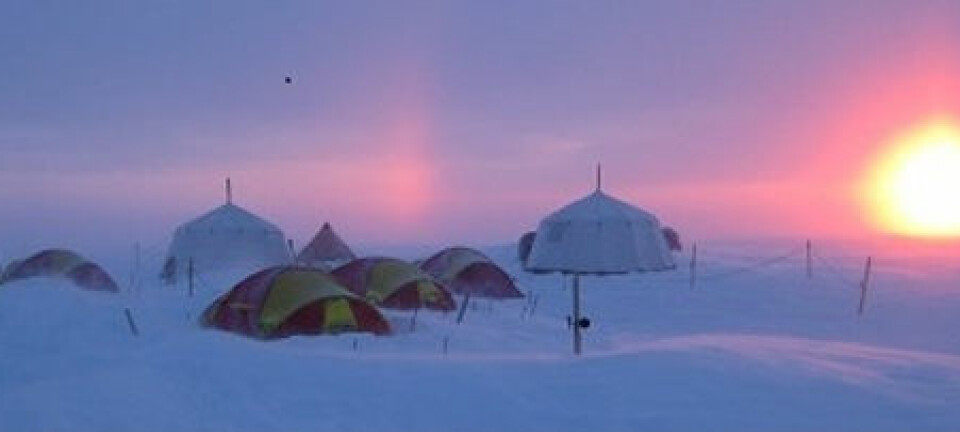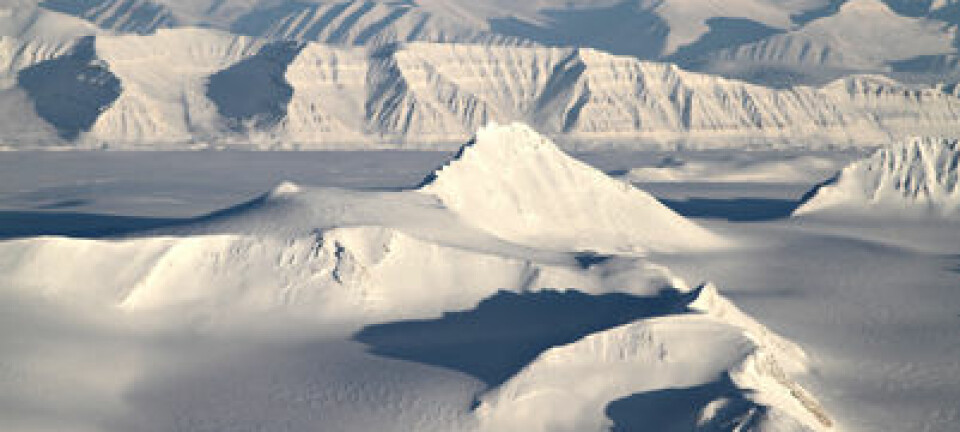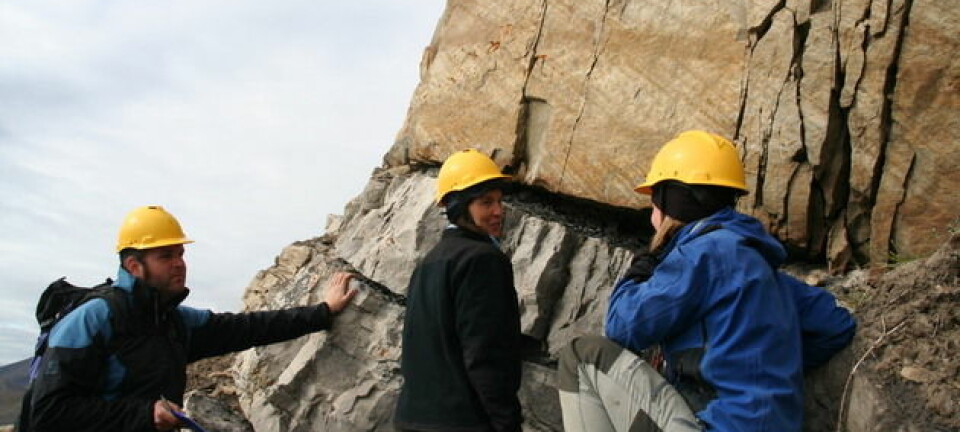An article from Norwegian Biodiversity Information Centre
Flies and mosquitoes dominate the Svalbard archipelago
Global climate change is expected to cause major alterations in the years to come to the arctic ecosystems on the Norwegian archipelago of Svalbard. These environmental changes will most likely be detected early through changes in the insect fauna.
Denne artikkelen er over ti år gammel og kan inneholde utdatert informasjon.
There is relatively little knowledge on the diversity of many important insect groups on Svalbard. This is true for flies and mosquitoes (Diptera), the most common insect group in the archipelago, and one that has particularly has adapted to an Arctic environment.
Worldwide, Diptera represent around 15 per cent of species diversity among insects, while those on Svalbard constitute about 60 per cent. That makes Diptera an important group to study to be able to detect changes in the fauna on land and in fresh water.
The “Svalbard Diptera” project will compile a list of all known Diptera from Svalbard, prepare identification keys and build good reference collections. These will be useful tools for biological monitoring and for scientists working with arctic ecology. The project is supported by the Norwegian Biodiversity Information Centre (the Norwegian Taxonomy Initiative) and is a collaboration between the Natural History Museum at the University of Oslo, the NTNU University Museum and the University Centre in Svalbard (UNIS).
Translated by: Nancy Bazilchuk







































